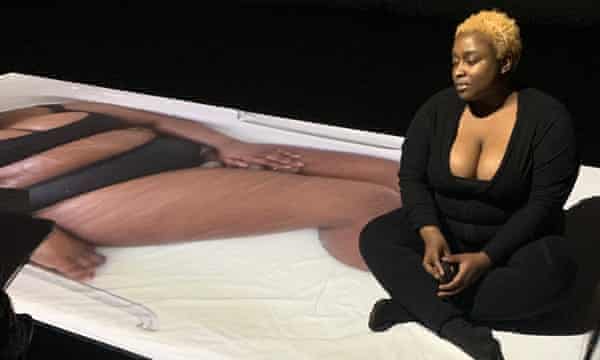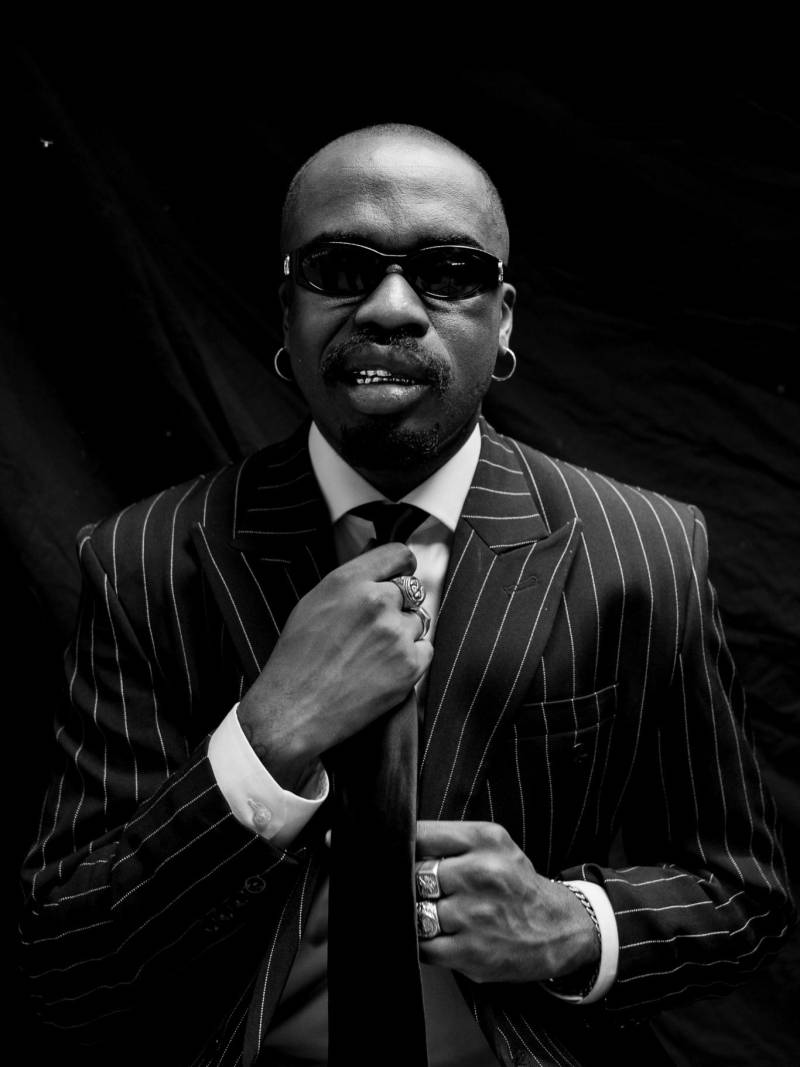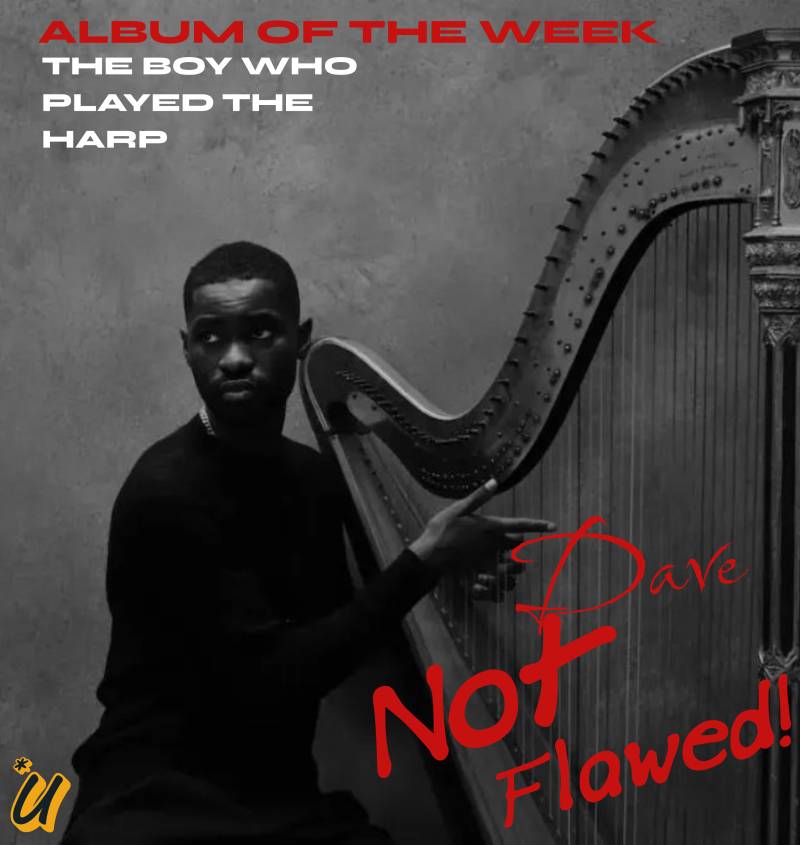Growing up as one of the only black pupils at her primary school in Norwich, Madinah Farhannah Thompson says she felt isolated and that it affected her mental health.
Now the artist is using her complicated experience with the countryside in her work, which grapples with themes of rejection and racism felt by black people in rural areas.
Thompson has started a residency in Hestercombe Gallery, Somerset, after winning the Ingram Prize, which marks a big opportunity to bring her work to a new audience, one that she hopes will cause visitors to confront their own assumptions on who is allowed to take up space.
Thompson moved to Norwich from London in 1996, when she was five years old. She said her childhood in Norwich felt isolating and caused her to suffer with her mental health from a young age due to being one of the only black students at her primary school.
Hestercombe House & Gardens.
Thompson has started as residency at the Hestercombe House gallery in Somerset. Photograph: Supplied
“I would be the only one who wasn’t invited to parties in school and as a young child, you internalise that,” she said.
According to a 2015 study, only 2% of black people in Britain live in the countryside and Thompson is not alone in feeling isolated.
“Being in nature is integral to me feeling equilibrium,” Thompson said. “My art practice is a case of coming back to myself. It is a protest and a way to disrupt the ideas of what black people can do and where black people can be.”
In 2017, Thompson started The Black Flâneur, a project looking into the black body’s ability to roam freely and aimlessly. The project, which in part took place during a month-long residency with the British Council in Venice, was an attempt to present questions on how black bodies are surveilled and not welcomed.
As part of the residency, Thompson will include audio and soundwork of her walking paths of the gardens for 24 hours, submerging herself in water as a form of a ritual performed at a certain time each day , as well as producing a film that will be showcased in the gallery’s winter show.
The creative director of Hestercombe Gallery, Tim Martin, said: “I’m really keen that Hestercombe doesn’t just become a place where work is shown, but rather where work is made – residencies and commissions are the backbone of that.
“It’s important to look at how various Black artists that have been brought up in these rural areas, relate to the rural. I’m excited to see where Madinah’s work leads and how it affects and challenges what we do.”




